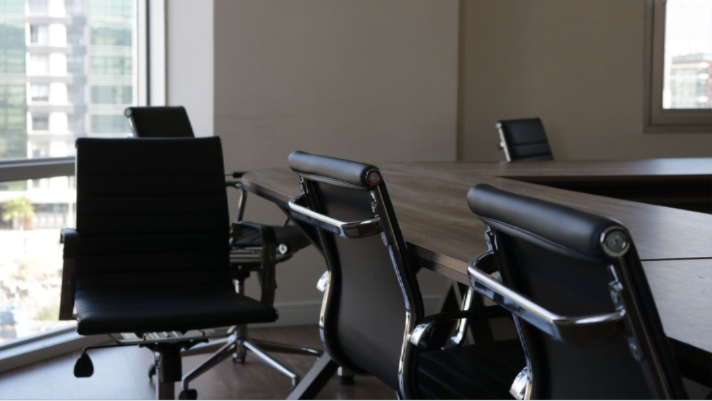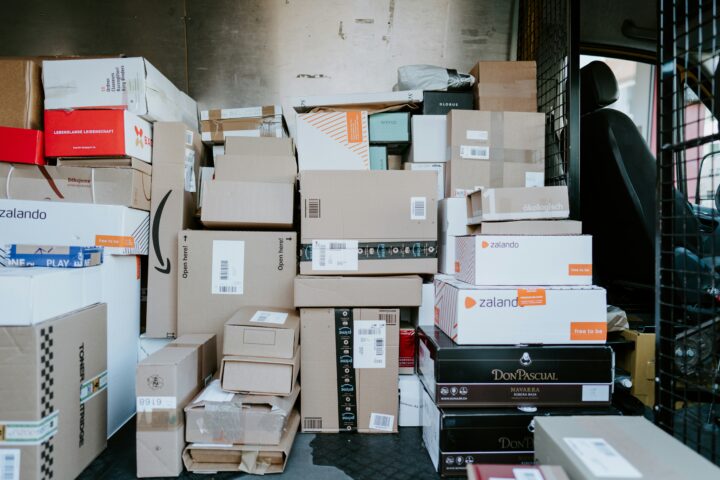
Employees coming to work sick or injured – presenteeism – could be making your small business less productive or profitable
Businesses are always looking for ways to cut costs in order to increase overall revenue. These ways can range from using reverse consolidation to free up cash flow by slashing 50% of monthly advance payments to negotiating lease contracts. But there is one hidden way to save money that many businesses overlook or may not even be aware of: presenteeism.
Employees who come to work injured or sick are hurting the ability of your business to make as much money as it could. Here’s what you need to know about presenteeism, how it’s costing you more money than you might think, and what you can do about it.
What Is Presenteeism?
Presenteeism is the phenomenon of employees coming to work while they are sick, injured, or struggling with various personal issues. These problems can lead to significant losses in productivity and potential workplace mistakes, which cost businesses both time and money in the long run. There are many reasons why presenteeism occurs in the workplace. The biggest factor relates to how much time employers give their employees in regards to time off for medical and sick leave. If an employee doesn’t have the ability to take paid time off when they are experiencing medical issues, they will typically come to work anyway and this does neither the employer or employee any good in the long run.
Acute sinusitis, coughs, acute respiratory infections, acute bronchitis, and acute pharyngitis were the top 5 most common illnesses that urgent care centers diagnosed in 2015. Employees who come to work with these conditions risk infecting co-workers by contaminating office surfaces. This can cause significant ripples in the effectiveness of a business being able to meet their financial goals and customer demands. The last thing you want is a large number of employees calling in sick when you have an important customer deadline to meet! Finding ways to encourage sick and injured employees to stay home will reduce work-related stress and burnout from trying to fill scheduling gaps from absenteeism.
When Does Presenteeism Happen Most?
Business owners generally see a rise in presenteeism during the winter months. According to CDC estimates, at least 710,000 hospitalizations from the flu have occurred since 2010. More people tend to get sick with colds and flu during the winter months and generally spread these germs to everyone around them. Early treatment is key. Coworkers who see employees come in sick get distracted by worrying about how not to get sick and how it might impact their ability to generate income. It can also create unsanitary conditions for food-related industries which can cause outbreaks for their customers.
Dangerous weather conditions during the winter months can lead to slip and fall injuries. When an employee comes to work injured, they can have a hard time being able to concentrate on doing tasks required of them. When an employee is in pain, they are not able to focus on getting their work done. They may not even have the ability to get the work done if the task requires extensive walking or heavy lifting. If they have to depend on other coworkers, those coworkers have to neglect their own work which ends up nosediving productivity and profit.
How Can You Prevent Presenteeism?
There are a number of things business owners can do to prevent presenteeism in the workplace. Providing employees with a sufficient amount of paid sick days as well as a comprehensive insurance plan are the two biggest ways to eliminate the problem and increase your revenue. Having good health insurance can help employees stay healthier and prevent them from having to come in sick. You can also give employees the ability to work remotely when they are sick or injured. This can be a great advantage for parents who must take time off to care for their sick child.
At least 3.6 million people delay or miss necessary medical care simply because they don’t have affordable transportation. Employers can help provide resources to help their employees get access to reliable transportation when they need medical care. Encouraging employees to find ways to practice self-care in reducing stress and burnout will also boost productivity levels which can lead to more revenue for you. Creating a workplace environment that discourages employees from being forced to come in while sick or injured is a win-win situation for both employees and employers.
How Much Is Presenteeism Costing You?
Presenteeism can cost your business significantly more than if an employee remained absent from work while sick or injured. The estimated cost of absenteeism is almost $150 billion in productivity losses each year. Contrast this with the cost of presenteeism which is estimated to cost the economy $1,500 billion in productivity losses per year. That is an alarming jump. These numbers clearly reflect how large the problem of presenteeism truly is and how important it is for small businesses to proactively address it.
Medical conditions that may seem minor can create huge losses for both small businesses and large corporations. Researchers at the Tufts-New England Medical Center in Boston in 2004 broke down the overall costs of presenteeism down even further. They conducted a study on various medical conditions impacting productivity levels at Lockheed Martin Corp. They discovered that employees who came to work with illnesses such as headaches, allergies, back pain, colds, and flu ended up costing the company $34 million. Allergies and sinus issues alone set back the company by $1.8 million dollars.
Presenteeism is a major problem that businesses need to address if they want to increase their productivity levels and revenue goals. Discouraging presenteeism can seem counterintuitive but the research supports it’s better for you to encourage sick employees to stay home. Not only will it increase company morale, but it will also help you get more done which results in a much healthier bottom line. Taking good care of your employees can ensure that they take good care of your business as well.



